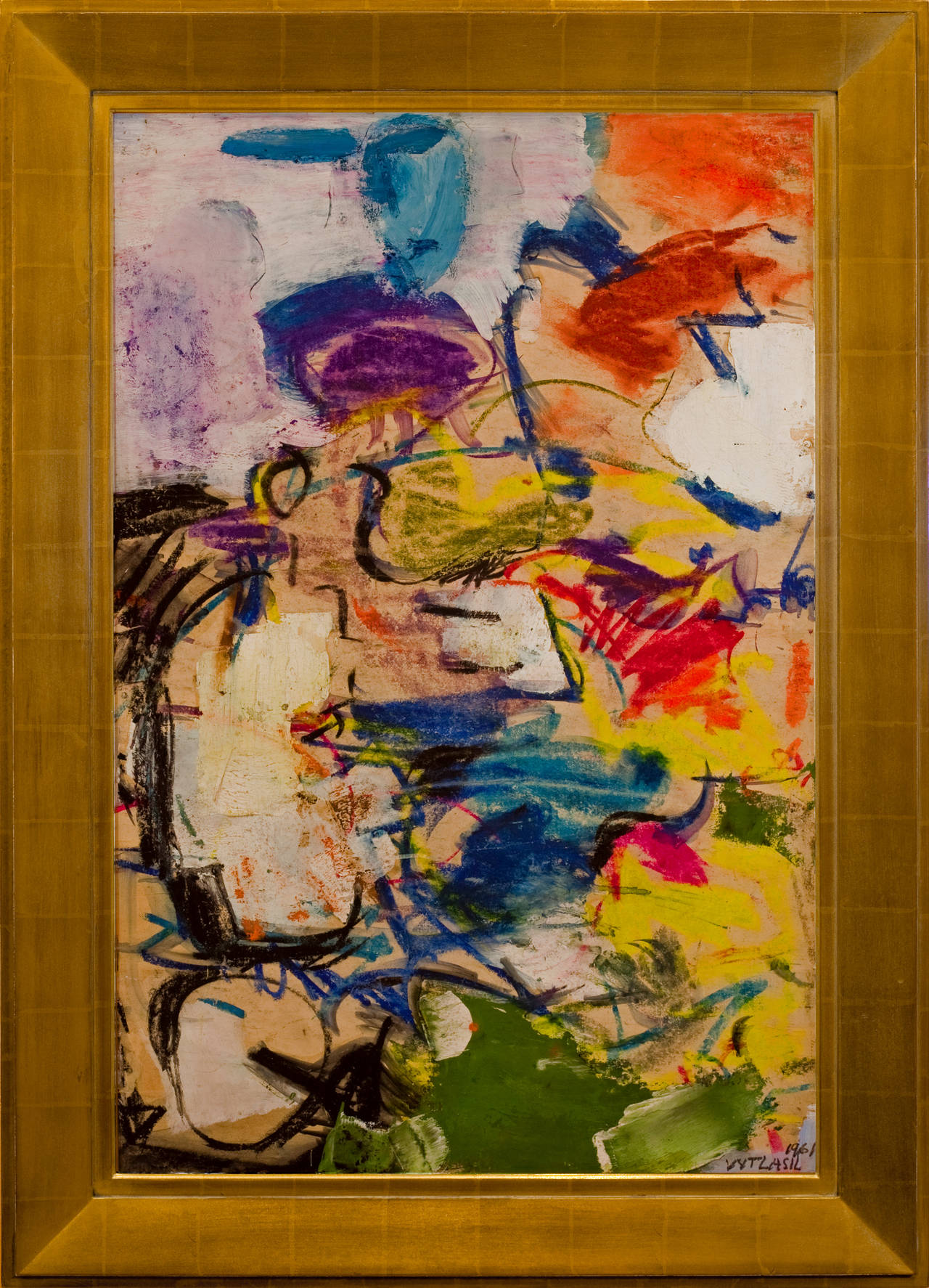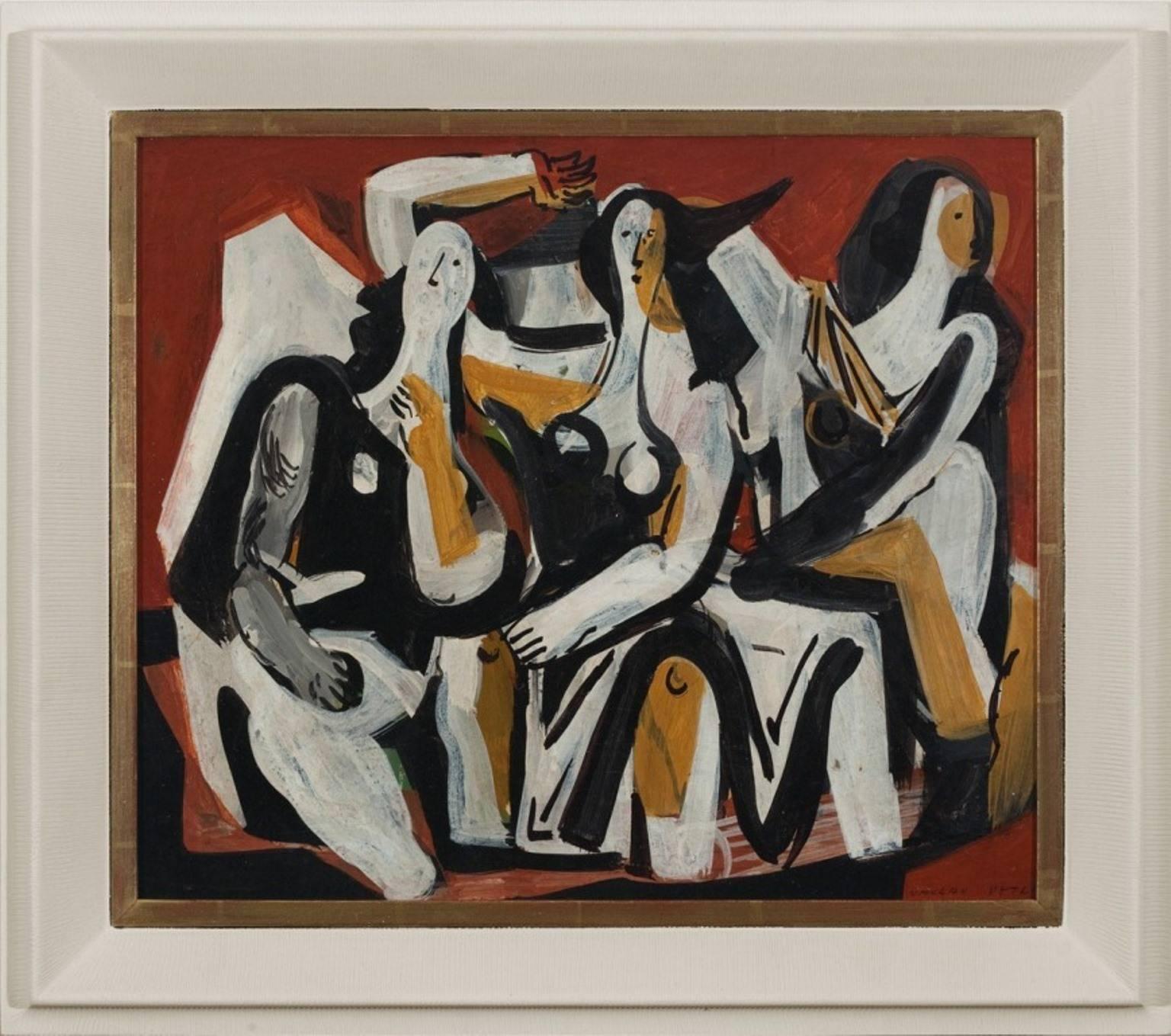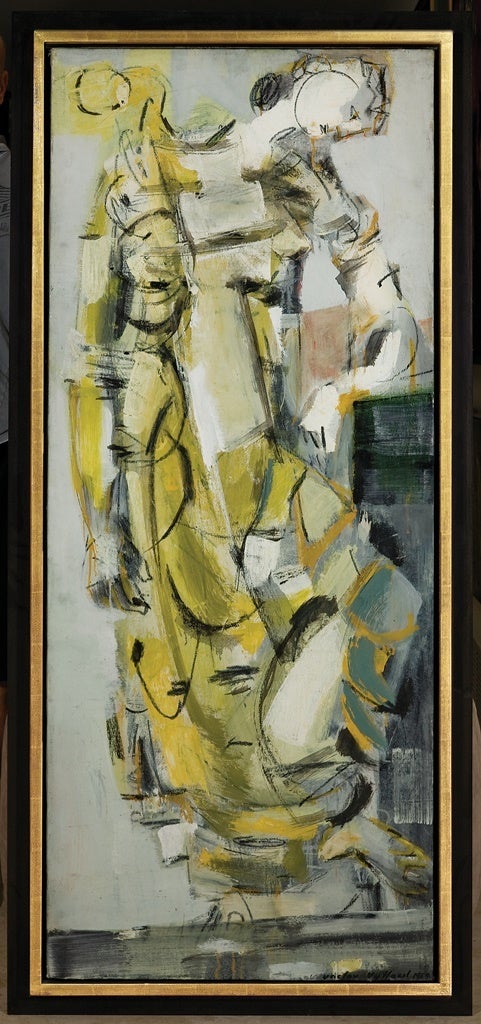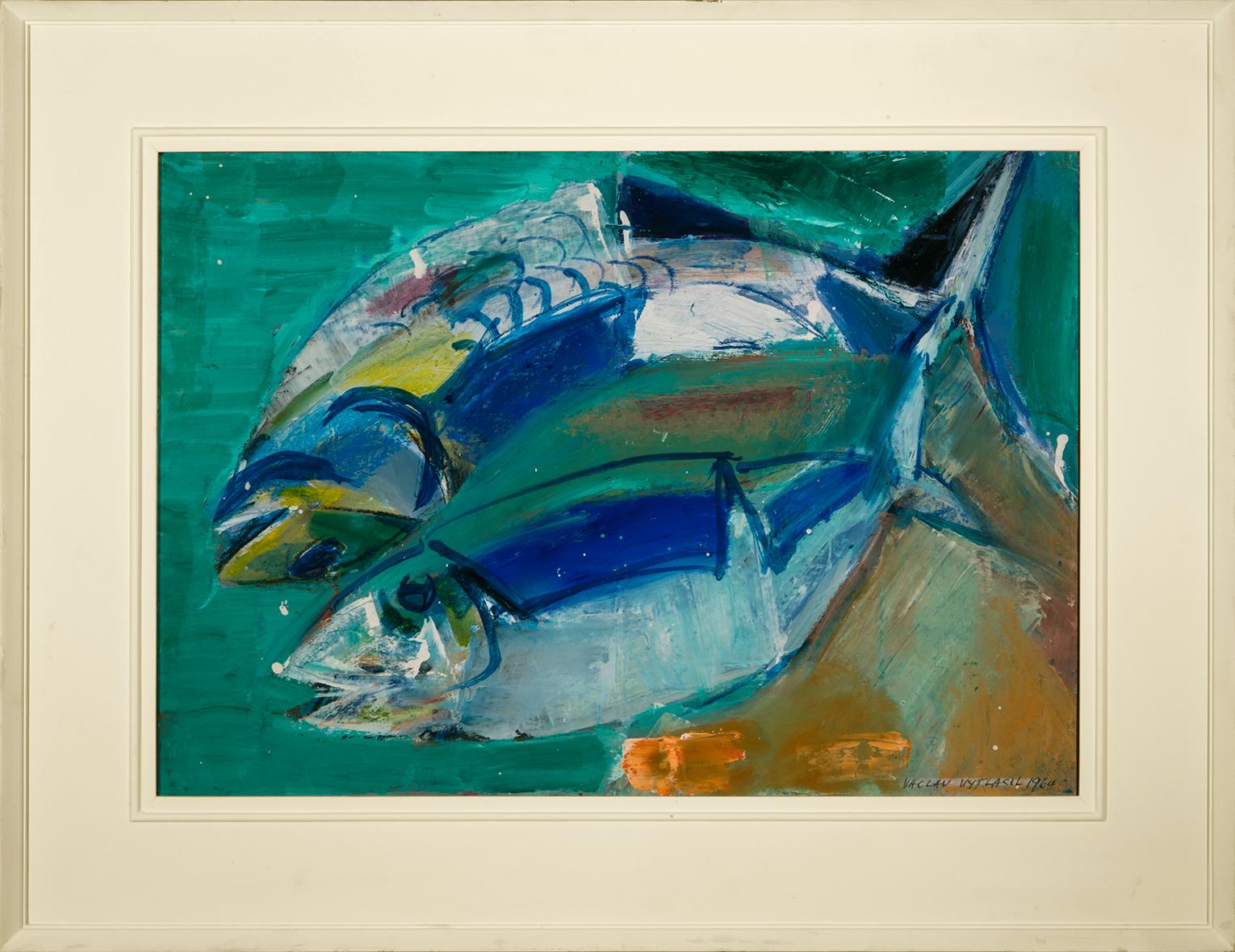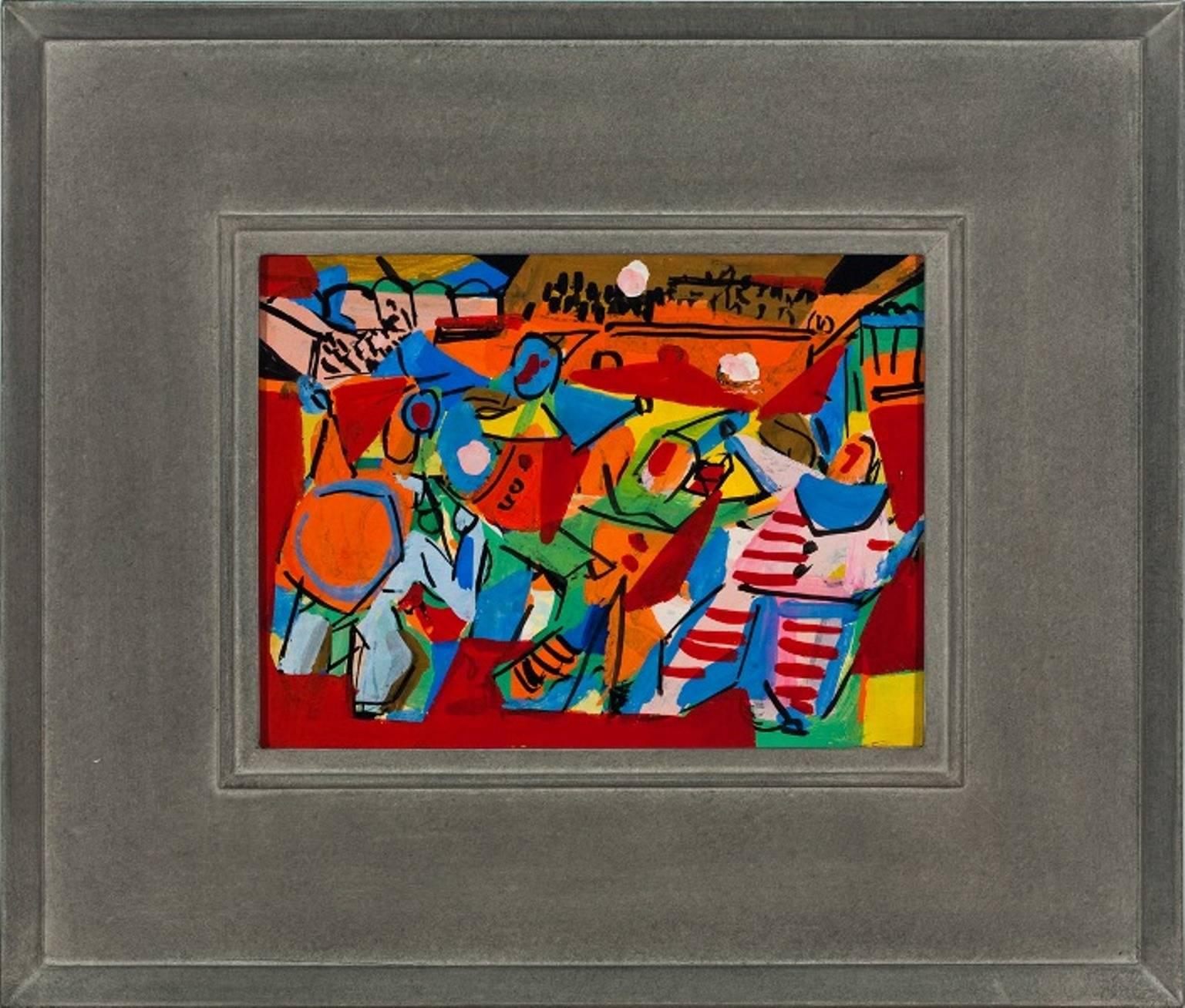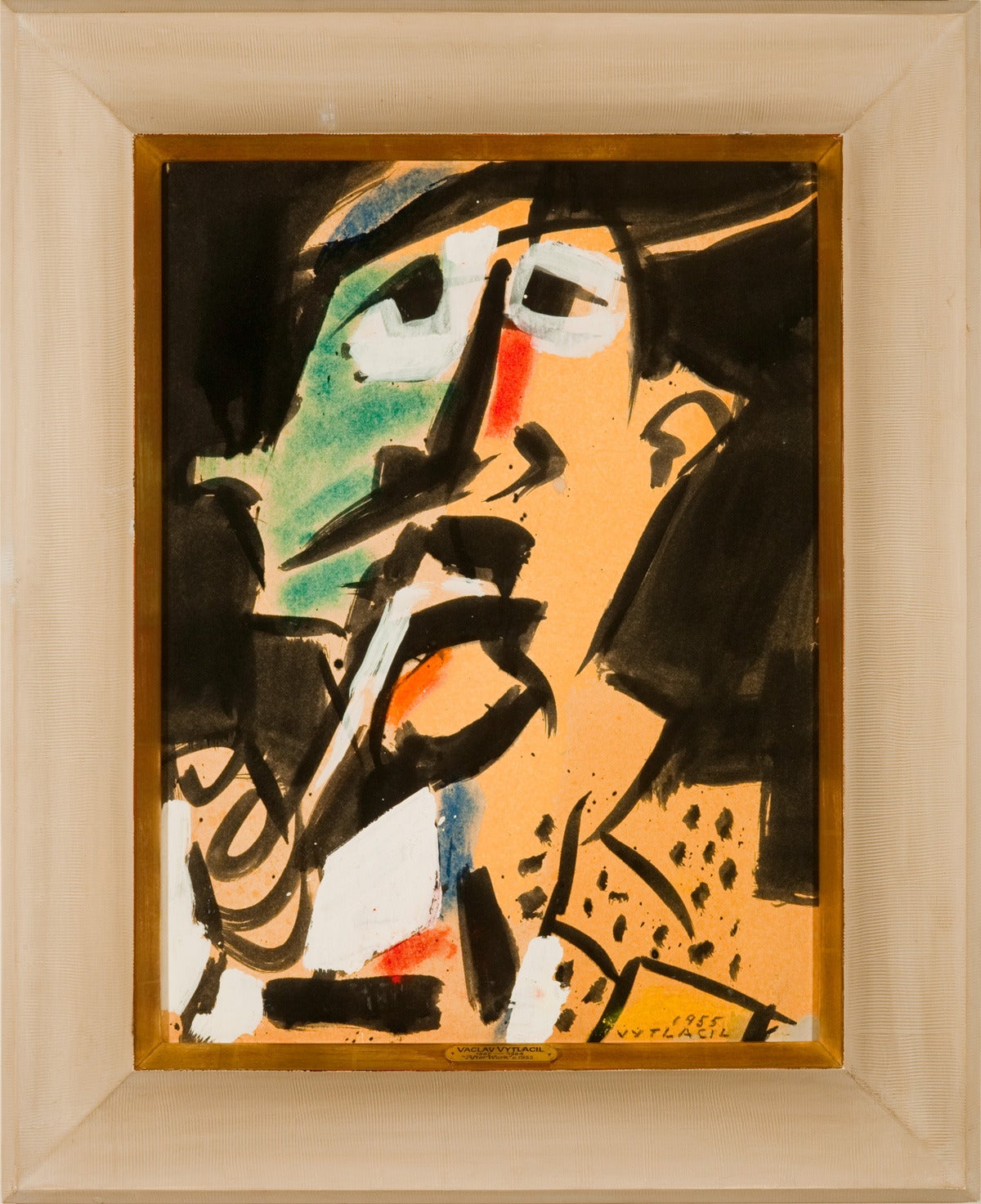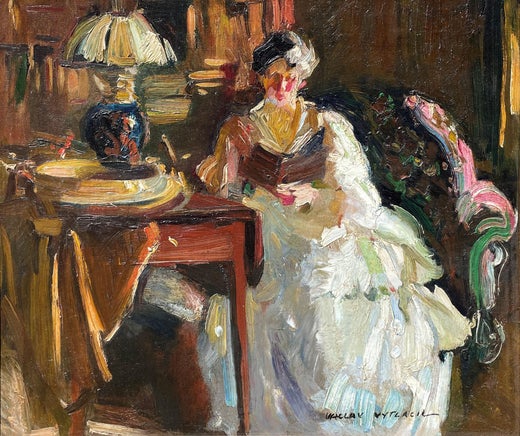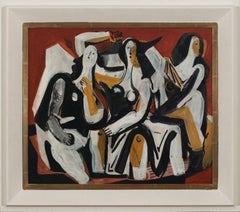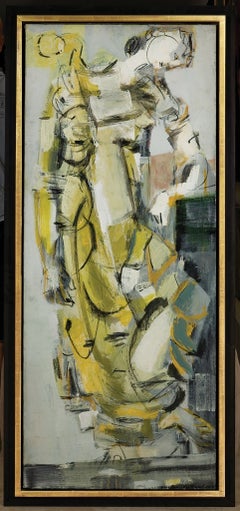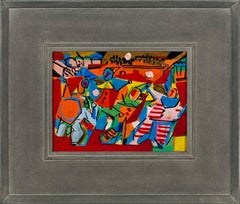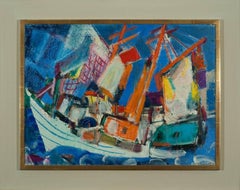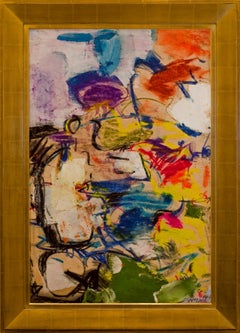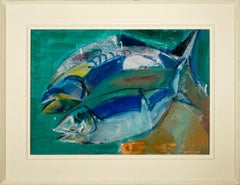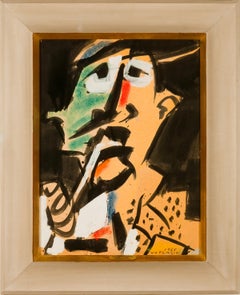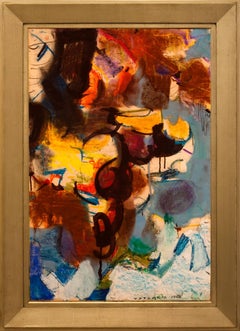Vaclav Vytlacil"Fish Cleaners"1949
1949
About the Item
- Creator:Vaclav Vytlacil (1892-1984, American)
- Creation Year:1949
- Dimensions:Height: 60 in (152.4 cm)Width: 44 in (111.76 cm)Depth: 4 in (10.16 cm)
- Medium:
- Movement & Style:
- Period:
- Condition:
- Gallery Location:Lambertville, NJ
- Reference Number:Seller: 1651stDibs: G13022315743
Vaclav Vytlacil
Born in 1892, Vaclav Vytlacil was a highly educated and gifted artist, early at the School of the Art Institute of Chicago, and later at the Art Students League. In the 1920s, his travels to Europe and studies of the old masters helped him gain artistic perspective and knowledge. At the Royal Academy of Art in Munich, Vytlacil met and befriended Hans Hofmann, becoming his teaching assistant. After returning to the US in 1928, Vytlacil became a member of the Art Students League faculty and successfully persuaded Hofmann to teach at the League as well. In 1936, he became a co-founder of the American Abstract Artists group and taught at Queens College in New York; the College of Arts and Crafts in Oakland, California; Black Mountain College in North Carolina; and the Art Students League. Vytlacil was honored with solo shows at The Carnegie Institute, Montclair Art Museum, the Phillips Memorial Gallery, the Krasner Gallery, University of Notre Dame, Rochester Art Gallery and others.
- ShippingRetrieving quote...Shipping from: Lambertville, NJ
- Return Policy
More From This Seller
View All1940s Abstract Abstract Paintings
Board, Oil
20th Century Abstract Portrait Paintings
Canvas, Oil
20th Century Abstract Abstract Paintings
Board, Oil
1950s Abstract Abstract Paintings
Board, Oil
20th Century Abstract Paintings
Canvas, Oil
1940s Abstract Paintings
Masonite, Oil
You May Also Like
1960s Abstract Abstract Paintings
Mixed Media
1960s Abstract Expressionist Abstract Paintings
Oil, Board
20th Century Abstract Expressionist Abstract Paintings
Oil, Board
1950s Abstract Expressionist Abstract Paintings
Mixed Media, Board
1930s Abstract Expressionist Abstract Paintings
Tempera, Casein, Board
21st Century and Contemporary Abstract Abstract Paintings
Canvas, Oil
